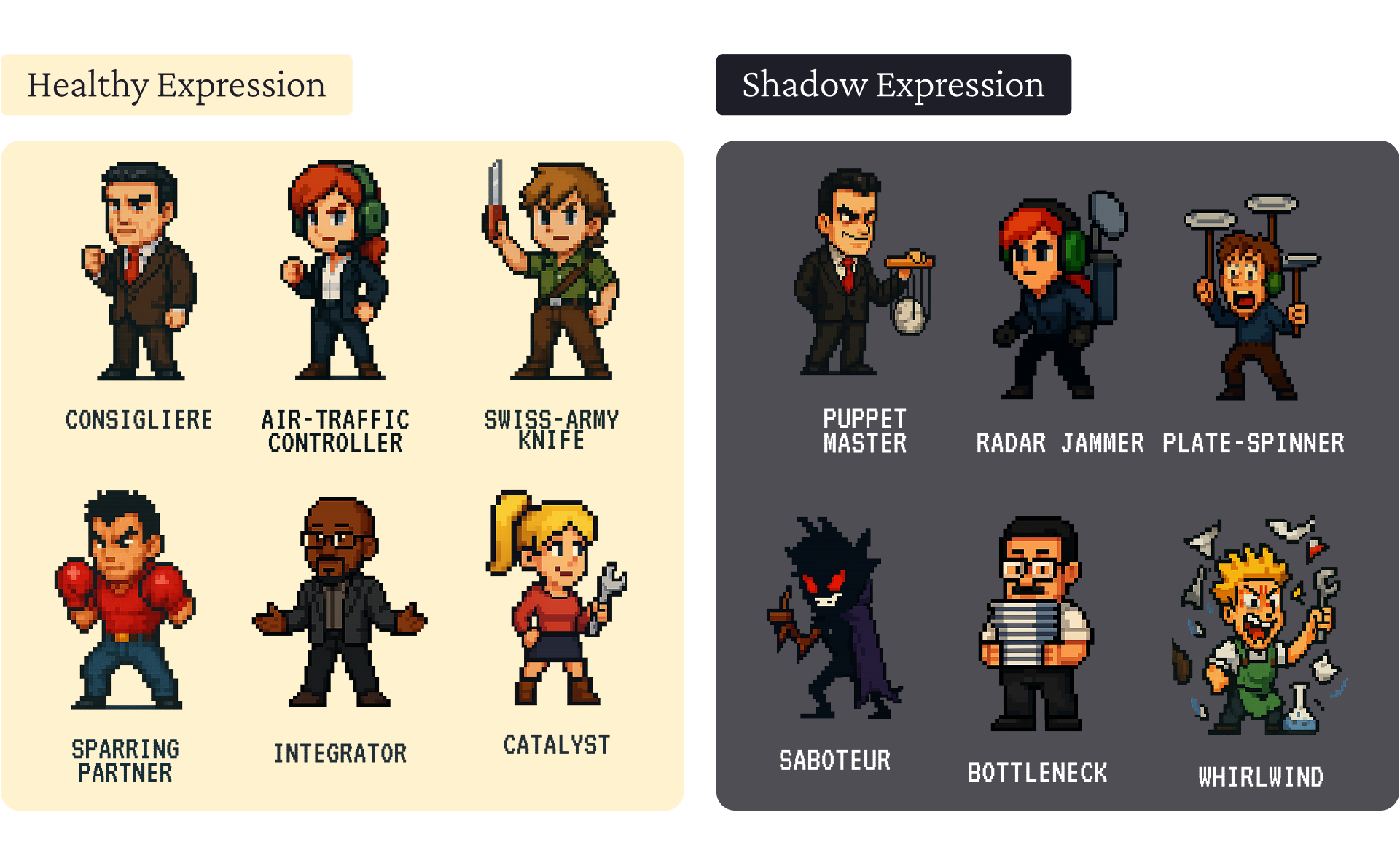Many startups struggle to keep momentum after a big boom, especially when the CEO is running themself ragged to look after the entire company. Enter the Chief of Staff to save the day. But what exactly is a Chief of Staff, and what do they do?
We’ll give you a basic rundown of what a Chief of Staff does and what they can expect to do in the first 30, 60, and 90 days in their role.
What Do Chiefs of Staff Do in Startups?
The Chief of Staff is akin to a CEO’s right-hand man. The role overlaps slightly with that of an executive assistant (e.g. being tasked with managing the minutiae of a CEO’s schedule), but a Chief of Staff also takes part in strategic decisions that affect the entire company.
They oversee planning and implementation across all levels of startups and ensure that internal processes, decision-making, and communication continue to flow smoothly. This frees up time in the CEO’s schedule, allowing them to focus on high-level issues and find the best path forward for the company’s growth. Chief of Staff positions are typically a stepping stone for career development — most move up and become CEOs of their own companies after a few years.
The First 30 Days
The main goal for the first 30 days should be familiarity, especially if you’ve been hired from outside rather than promoted upwards. Before you can perform your job properly, you need to know the company inside and out. The Chief of Staff is responsible for streamlining operations, and that’s impossible without understanding what makes those operations work.
Set up meetings with your CEO so you can discuss what they expect from you. You can also involve yourself with projects in different departments to gain a better understanding of their processes. At the end of these 30 days, you should have a consistent daily schedule and a decent handle on all parts of the business.
The First 60 Days
After the first 30 days, the next main goal is contribution. Start getting into the nitty-gritty of your role and set up ways to track your progress. When you’re doing your job as a good Chief of Staff, everything will be going so well that it looks effortless. This means it can be difficult to communicate your successes.
A good practice is setting up a tracker for ongoing projects, noting down what they're about, the latest updates, the estimated end date, the department, and any measures of success. Once you've streamlined your own workflow, you can look for opportunities to help other teams improve theirs, too.
Wrap-Up: The First 90 Days
By the end of the first 90 days, you will have confidence in your understanding of the company. During the third month, focus on refining the processes you’ve established. Can you quickly and efficiently update the CEO on any project’s status? Is communication still flowing properly? Does everyone get the feedback they need to improve their work?
As long as you keep seeking out ways to support the team and expand your own capabilities, you will have a bright future ahead beyond the first 90 days.







.avif)
.avif)








